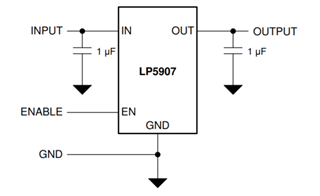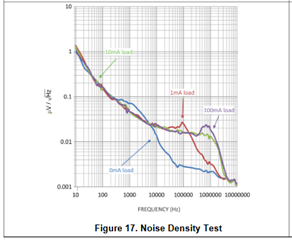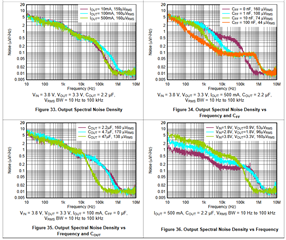Other Parts Discussed in Thread: TPS7A20, , TLV758P
Dear Sirs,
We are promoting LP5907-2.9 and TLV75801 to IPCAM customer for competitor replacement.
The 2.9V is for the CMOS sensor power.
However, both of our solutions have display noise issue while in a very low lux environment.
Here is the schematic and display screen for NG and good.
good:

NG:
TLV75801 LP5907-2.9
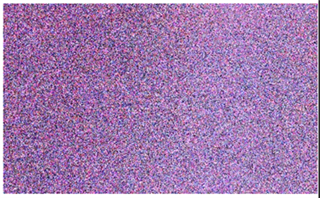
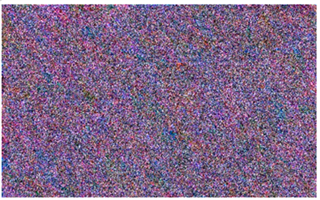
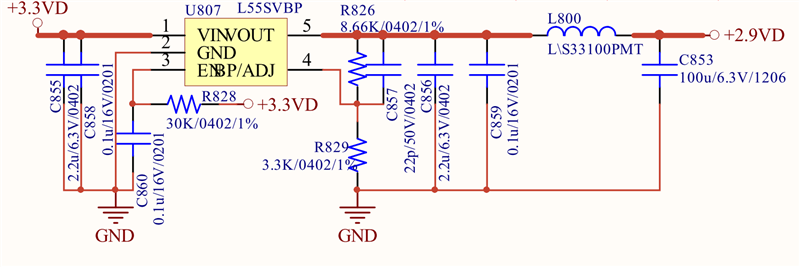
Please help to input your comments on how to fix this issue.
Thanks.


